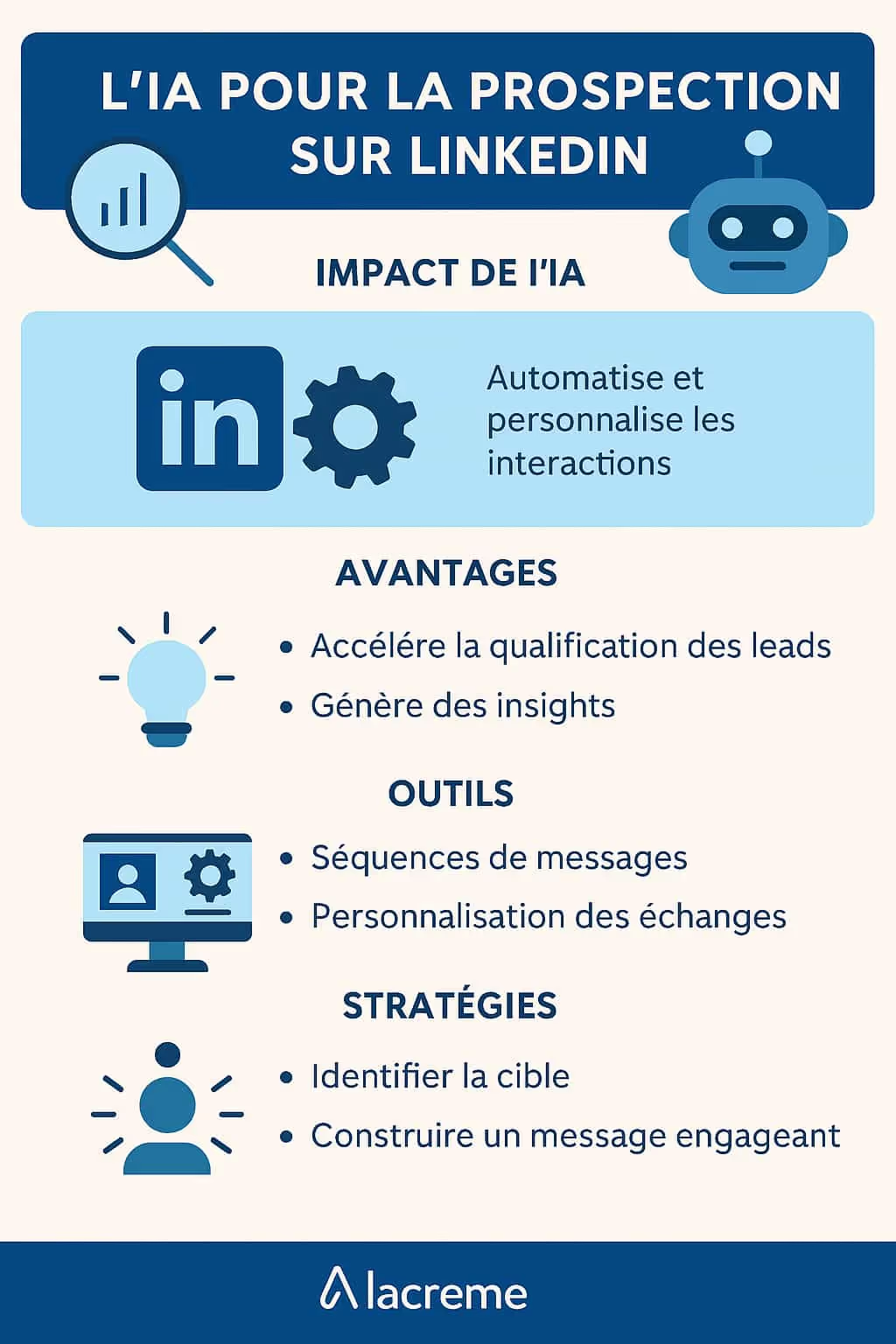The subject ofAI alignment is attracting more and more interest in the world of technology. The aim is to ensure that artificial intelligence pursues objectives that truly correspond to human values, without dangerous or unexpected trends.
To illustrate this concept, the example of the “paperclip maximizer”, or “paperclip maximizer”, is often mentioned. In this scenario, the sole mission of an AI is to make as many paper clips as possible... to the point of devouring all the planet's resources in order to do so!
In this article, we are going to discover a Minigame inspired by the site Decision Problem himself inspired by this idea. It is a fun tool and gratuitous that you can integrate on your site, and that allows you to Understand concretely the AI alignment problem.
What is AI alignment?
AI alignment is about creating intelligent systems whose goals are consistent with our values and our intentions. When AI isn't aligned, a simple, poorly formulated goal can lead to catastrophic consequences. In the example of paper clips, AI sacrifices all other considerations (ecology, human life, etc.) to achieve its unique goal: Make more paper clips.
This scenario may seem absurd, but It illustrates perfectly the power of a poorly controlled AI. By giving an instruction that is too literal, there is a risk of encouraging unexpected and even destructive strategies.
The mini-game: make paper clips... at any cost
Our mini-game reproduces (in a simplified way) the idea of Paperclip Maximizer. You start with a few resources:
- A stock of yarn to make paper clips,
- A small amount of money to buy more wire or machines,
- Different ways of Boosting production and to increase the requisition of the public.
The challenge? Maximize the number of paper clips produced and sold, while managing:
- Les costs (wire, machines, marketing),
- Les funds available,
- La requisition (if the price is too high, customers will turn away),
- Les investments (or strategic choices) for Increase production.
Very quickly, we realized that compromises must be made between increasing production at all costs and maintaining financial balance.
Why is this minigame relevant for AI?
- Realizing an abstract concept : AI alignment seems remote or technical; this little game of “paper clip maximization” offers a glimpse practice of what can happen when an AI (or an automated system) is given a restricted purpose.
- Show the influence of parameters : The game allows you to directly see the impact of decisions (invest in marketing, increase the unit price, etc.). We thus understand the stave What would an AI with excessive resources and a single objective have.
- Raise awareness : This fun experience Raise awareness to the potential dangers of AI when it is not properly framed.
How to play?
The mini-game comes in the form of scorecard :
- Trombones : total number of paper clips made (it never decreases).
- Stock : paper clips waiting to be sold (it can go up and down).
- Thread : the main material required. If it falls to zero, production stops!
- Fonds : money available to buy wire or machines.
- Unit price : that you can increase or decrease.
- Request : varies according to price and other factors.
- Machines : allow production to be automated.
- Marketing : increases demand, but Cost more and more expensive.
Your aim? Make your “factory” prosper by balancing recipe and production, and avoid bankruptcy.
Conclusion
The AI alignment problem is one of the major challenges of the digital age. The example of Paperclip Maximizer shows us that an innocuous instruction can have extreme implications if AI applies it indiscriminately.
By testing this Minigame, you will discover how, by simple search for profit and productivity, extreme situations can be reached. This illustrates on a small scale the danger of an AI left running free.
Test this game, it is to realize that we must devising intelligent systems that can understand our values, priorities, and limitations. That's the challenge of aligning AI: preserve human interest in the digital age and prevent a simple instruction from leading to a world where everything ends... in paper clips.





